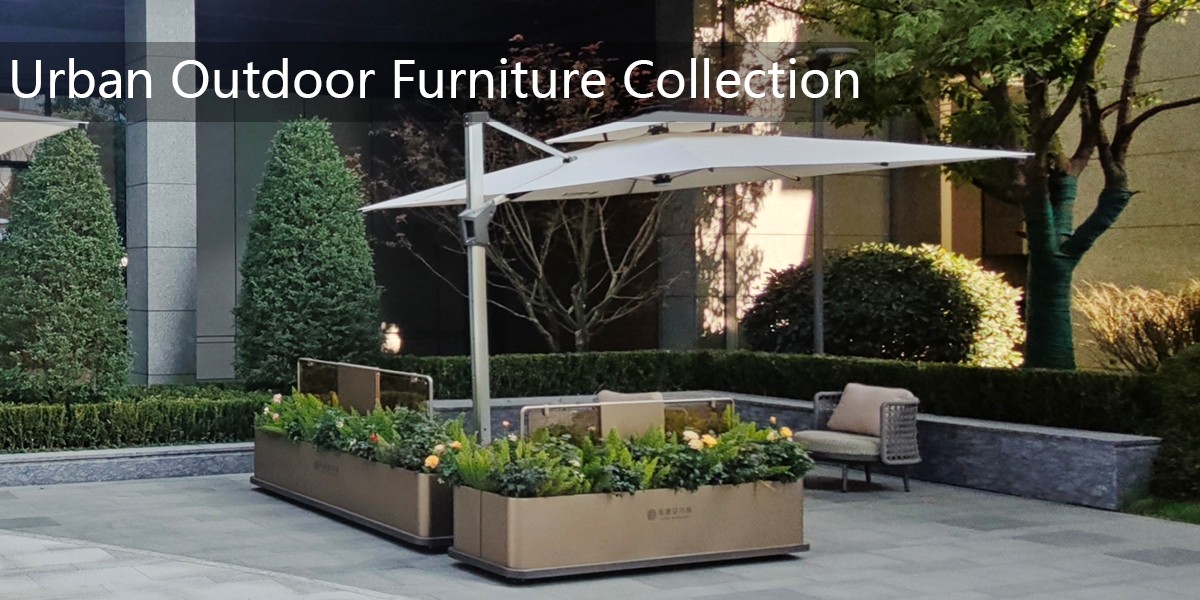Outdoor sculptures play a pivotal role in shaping and engaging with the skyline, turning urban landscapes into dynamic canvases of artistic expression. These installations often serve as visual anchors, drawing the eye upward and creating a dialogue between art and architecture.
The interaction begins with scale—monumental sculptures like Chicago’s *Cloud Gate* or New York’s *Statue of Liberty* become inseparable from the skyline, their silhouettes blending with towering buildings. Their reflective surfaces or open designs further amplify this connection, mirroring the sky or framing it in unexpected ways.
Placement is equally critical. Sculptures positioned on rooftops, plazas, or waterfronts interact with natural light, casting ever-changing shadows that animate the skyline. For instance, Antony Gormley’s *Angel of the North* in the UK uses its elevated site to dominate the horizon, while appearing to merge with the clouds.
Materials also matter. Translucent or metallic sculptures catch sunlight, glowing at dawn or dusk, while abstract forms create striking contrasts against glass-and-steel skyscrapers. This interplay turns sculptures into temporal markers, shifting with weather and seasons.
Ultimately, outdoor sculptures don’t just occupy space—they redefine it. By engaging with the skyline, they transform cities into open-air galleries, inviting viewers to see the urban environment through an artistic lens.


